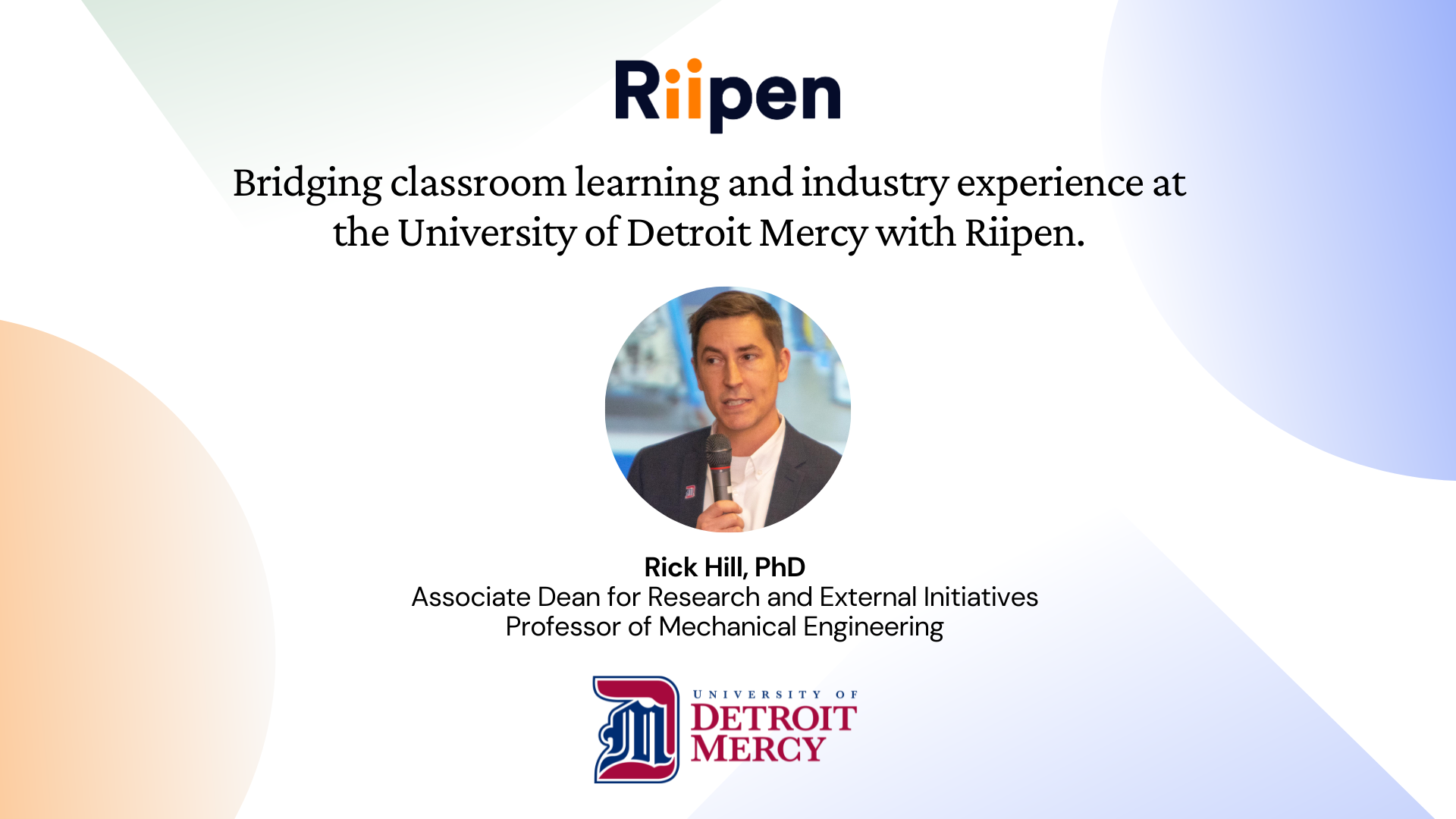There exist few arts, humanities and social science (AHSS) majors who have not heard some variation of the following:
“You wouldn’t catch me paying for such a worthless degree.”
“Philosophy will teach you how to ask the big questions in life, such as 'Do you want fries with that?'”
“Your degree is a waste of time.”
“What can you even do with your degree?”
These casual statements go hand in hand with large-scale examples that highlight the increasing disenchantment with AHSS degrees. Enrollment in the humanities has declined at public and private not for profit institutions.[1] Politicians speak out against liberal arts degrees, further perpetuating stereotypes that these majors end up in no-skill jobs;[2] journalists question the structure of the entire post-secondary education system when many traditional degrees don’t seem to immediately lead to high-salary jobs (see “Reform School” by Ian Mccugan). AHSS degrees are discounted as paths to success, and it leaves one to wonder where these degrees will fit in with the rising emphasis on technical skills in the workforce.
But is such questioning misplaced? Successful examples of AHSS in workforces abound if you look for them. The CEO of Slack, a Vancouver startup valued at $5 billion as of September 2017, holds undergraduate and master’s degrees in philosophy. Even in 2001, Google was hiring thousands of students with arts and humanities backgrounds because observing and understanding people was just as important to good interface design as technical proficiency. In 2011, the company announced plans to continue to do so, with about 67-83% of new hires coming from liberal arts fields.[3]
In “You Can Do Anything: The Surprising Power of a "Useless" Liberal Arts Education,” George Anders looks at the transformative role that Arts graduates have played in a variety of fields, from directing programs at NGOs to researching user journeys at Fortune 500 companies.
He identifies the countless opportunities that exist for graduates today and examines why a humanist touch will be crucial to a high tech future.
There is no doubt that the modern workforce requires a wide breadth of skills. Data analysis, coding, and computer engineering are all valuable competencies that are needed in an increasingly high-tech world. Yet what’s missing in the push to increase technical skills is consideration of how the hard and soft skills AHSS degrees teach—writing, critical thinking, communication, collaboration, creativity, emotional/social intelligence—are key to creating a diverse and adaptable workforce.
These soft skills are what many organizations today think their employees are lacking. A 2013 survey found that employers want universities to focus more on teaching critical thinking, analytical reasoning, and communication, and that those same employers will prioritize these skills over the type of degree job applicants have.[4] An organization will never get very far if it doesn’t hire a diverse staff that can propel goals forward with ingenuity. While ingenuity is not exclusively the domain of AHSS graduates, companies that only hire from STEM are losing out on valuable sources of brainpower that are differently wired due to their education.
What’s portrayed as a skills gap doesn’t actually exist. The current educational system simply does a poor job of helping both students and employers understand the skills that students are graduating with.[5] Instead, academia compartmentalizes four years of education into subjects studied and credits earned. Earning a degree and getting a job is not a linear path, but instead dependent on the myriad experiences and connections students make along the way.
AHSS students need opportunities to apply their knowledge within a variety of experiential contexts so that they can recognize the value of their degrees. This is where Riipen steps in. Riipen is a technology platform that matches student projects (in class or extra-curricular) with real-world organizations who provide a legitimate challenge they are facing for students to work on. We call this micro-experiential learning. Students apply their knowledge to real-life problems so that prior to graduation, they can better understand the variety of ways their skill set fits into the working world. Employers benefit from receiving youth insights into their business and building a recruitment pipeline with the talented individuals they work with.
An AHSS degree is not a one-way ticket to a fast food career. All that’s needed is a little creativity, and recognition that degrees can teach a lot more than what’s in a transcript.
Interested in learning more about our AHSS initiative? Email team@riipen.com.
Written by Alexandra Jonca.
[1] Humanities Indicators. “Institutional Distribution of Bachelor's Degrees in the Humanities,” humanitiesindicators.org. https://humanitiesindicators.org/content/indicatordoc.aspx?i=37 (date accessed: December 20th, 2017)
[2] Jaschik, Scott. “Obama vs Art History,” The Higher Ed. January 31st, 2014. Accessed at: https://www.insidehighered.com/news/2014/01/31/obama-becomes-latest-politician-criticize-liberal-arts-discipline
[3] Reisz, Matthew. “Google leads search for humanities PhD graduates.” World University Rankings. May 19th, 2011. Accessed December 18th, 2017: https://www.timeshighereducation.com/news/google-leads-search-for-humanities-phd-graduates/416190.article
[4] Jenkins, Ann. “Employers More Interested in Critical Thinking and Problem Solving Than College Major,” Association of American Colleges and Universities. April 10th, 2013. Accessed at: https://www.aacu.org/press/press-releases/employers-more-interested-critical-thinking-and-problem-solving-college-major
[5] Harrison, Allan. Skills, Competencies and Credentials. Higher Education Quality Council of Ontario (HEQCO). 2017. Accessed December 17th, 2017: http://www.heqco.ca/en-ca/Research/ResPub/Pages/Skills-Competencies-and-Credentials-.aspx








.png)


.png)



















.png)







